April 11, 2025
Letters from Indochina (Part 12)
By Simon J. Lau
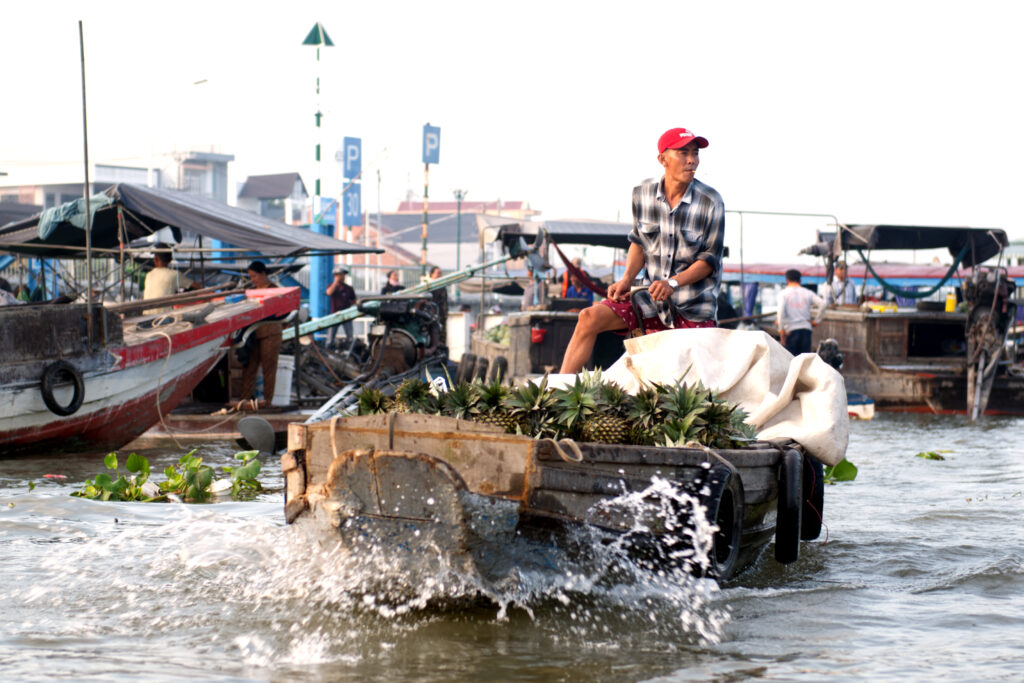
The Mekong Delta has changed hands many times throughout history. Once part of the Khmer Empire, it’s still known to Cambodians as Kampuchea Krom, or “Lower Cambodia.” Vietnamese settlers gradually took control in the 17th and 18th centuries, and the region was later colonized by the French as part of French Indochina. After a brief period of Japanese occupation during World War II, it passed through South Vietnamese rule before being unified under communist Vietnam in 1975.
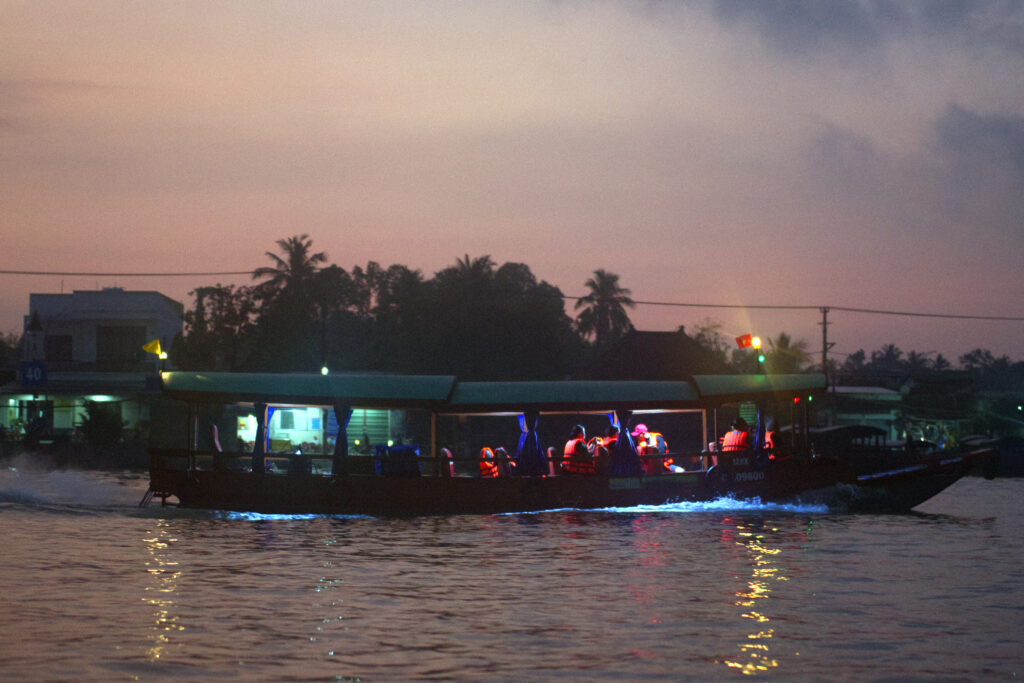
Today, I toured portions of this vast, fertile region where the Mekong River fans out into a dense network of rivers, swamps, and islands before spilling into the sea. Known as the “rice bowl” of Vietnam, the delta remains a hub for agriculture and is home to floating villages, markets, and a deeply interwoven way of life tied to the water.
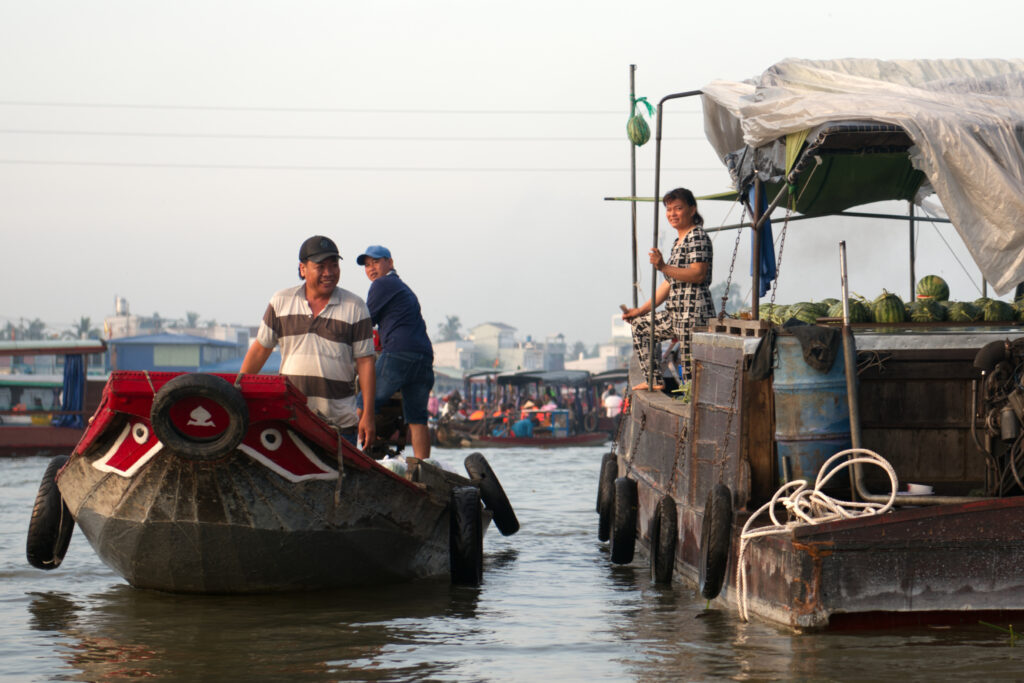
One of the more iconic experiences in the area is the Cai Rang Floating Market, perhaps the most well-known market of its kind in Vietnam. Here, vendors sell everything from pineapples to pho directly from their boats. It’s a chaotic but endearing mix of commerce and culture, especially during the early morning hours when the market is at its liveliest.
We left at 5:15 a.m., and about an hour later, we pulled into the floating market. Without saying a word, my guide, My, made a beeline to one of the pho vendors. I thought it was a little strange, she didn’t even ask which vendor I wanted to try. The bowl was supposedly 50K VND (~$2 USD), but when I handed over a 100K note and asked for change, My curtly replied, “50K you, 50K me,” referring to the two bowls we both had. 😅
In another world, I might’ve been annoyed by this. But this market has clearly transformed into a tourist attraction. Boats were coming and going constantly, and some of the larger ones were already pulling out just as we arrived. In many cases, it felt like a canned excursion, so of course there would be an upcharge!
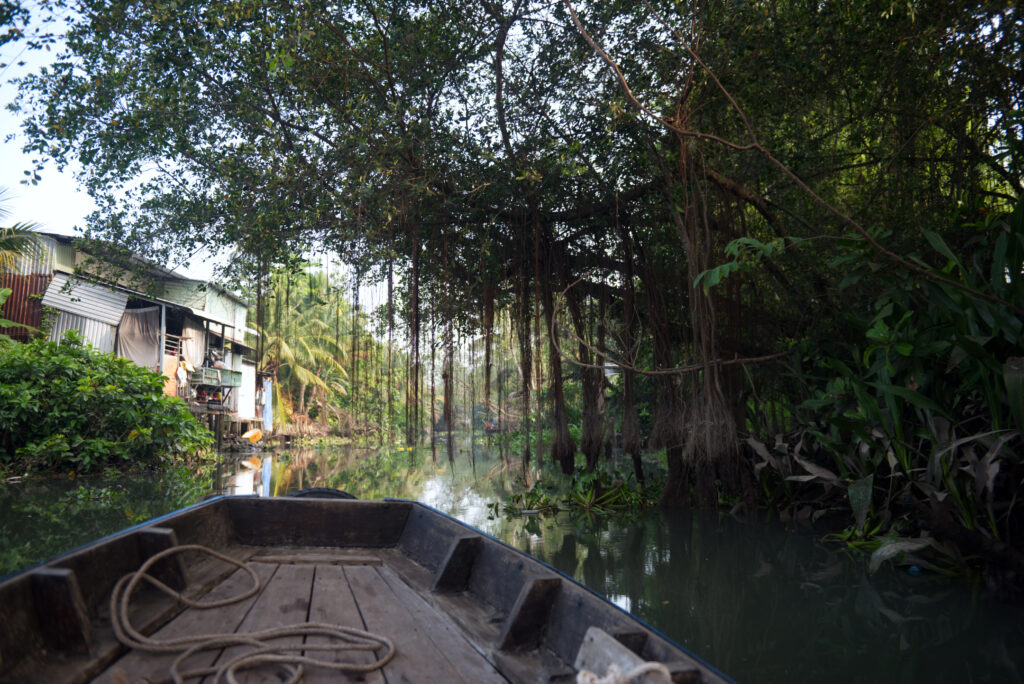
Sadly, the Mekong Delta (at least this portion) is littered with garbage, mostly plastics and styrofoam. This became even more apparent as we ventured deeper into the narrow canals along the river.
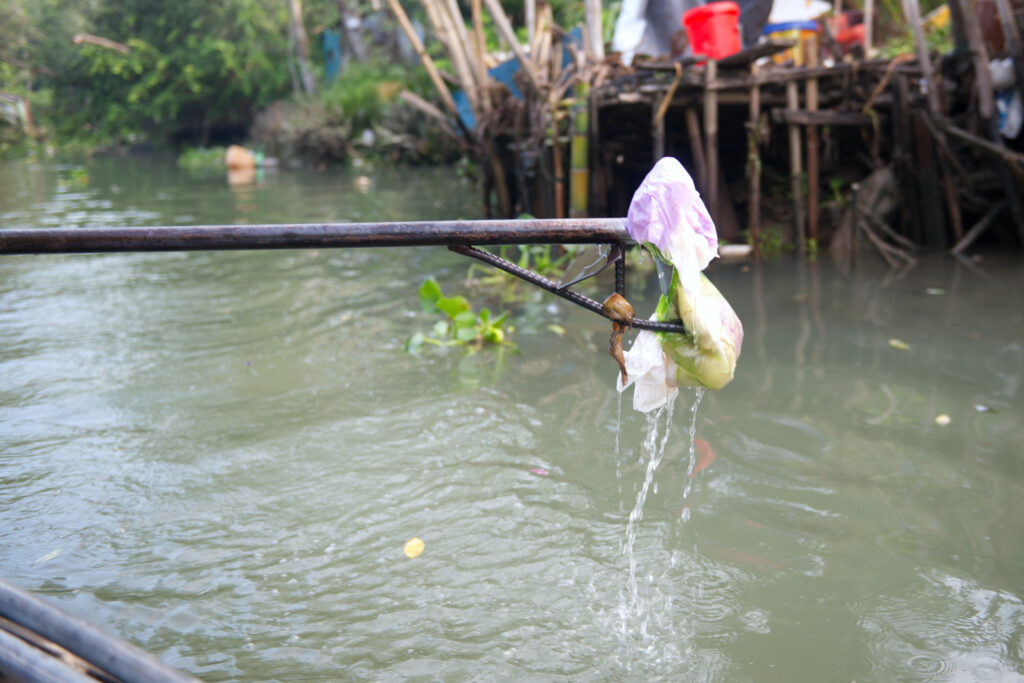
Our little motor kept getting tangled in the debris. The first time, it was a large rice bag, which I helped My pull off the propeller. The second? A bag full of baby diapers. 🤮 I let her handle that one. In a world before non-biodegradable waste flooded these waterways, I imagine this place would’ve felt far more serene, maybe even beautiful.
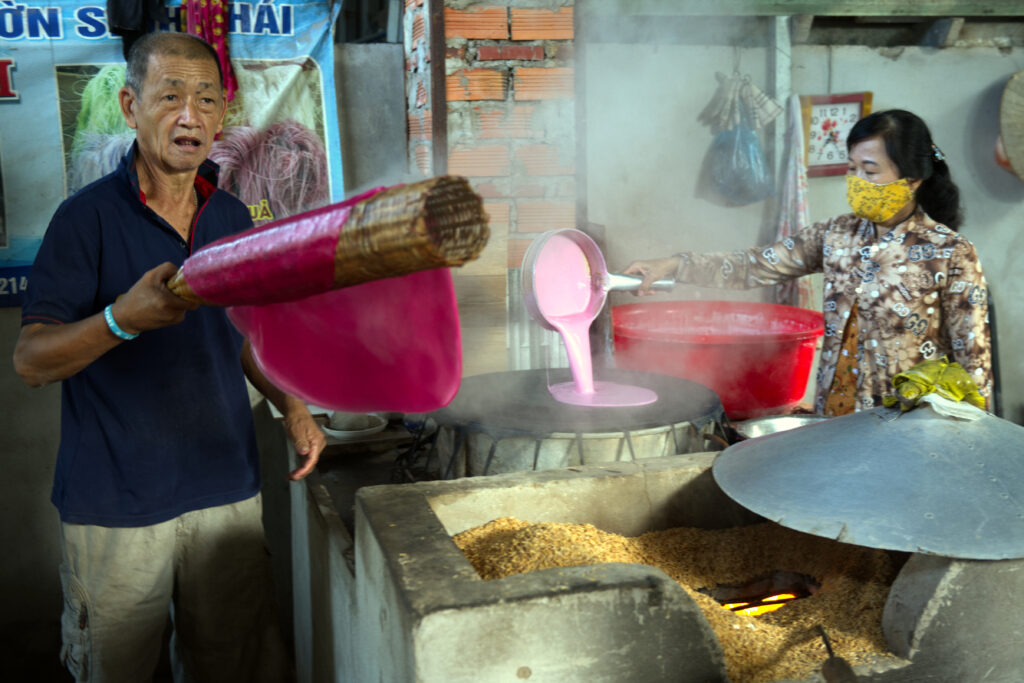
We moved on to a few other novelty stops, including a small workshop where you could watch, and briefly take part in, the process of noodle making. It’s surprisingly hands-on: rice is ground into a slurry, spread thin like a crepe over a hot surface, steamed, then carefully peeled off and laid out to dry before being cut into noodles. I got to try a few steps myself, but we only spent a moment here.
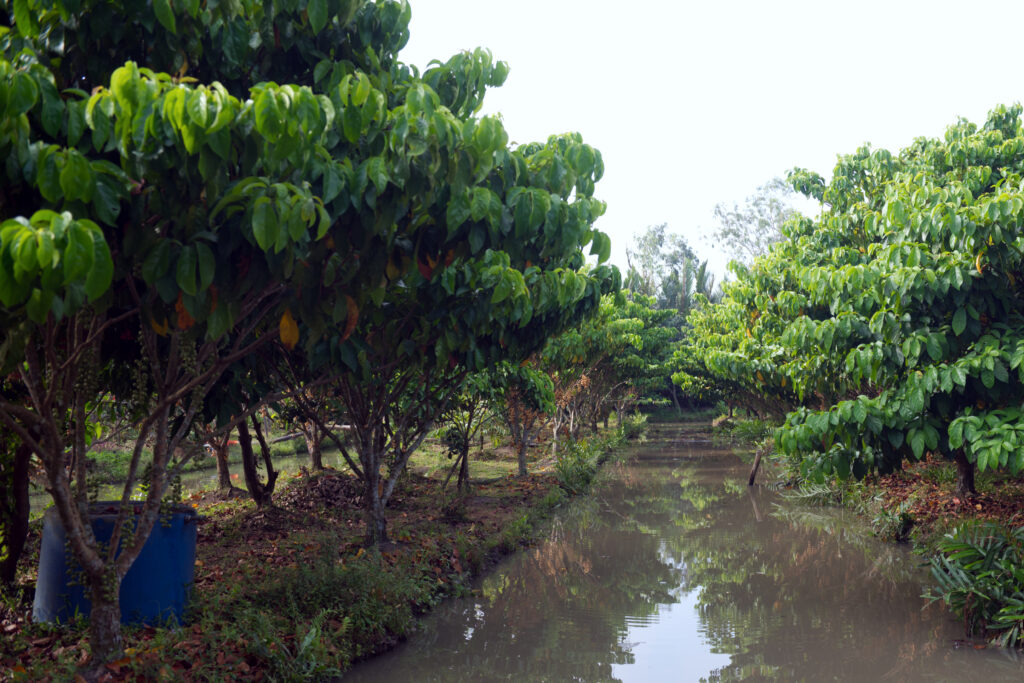
Later, we visited the Fruit Garden, probably the most commercialized stop of the day, but also the most hilarious. My asked if I wanted to take a photo on a ledge above the canal. I passed, but helped her down. Then, without letting go, she just kept holding my hand as we wandered through the garden. It felt like we were on a date. I wanted to say, “My, what if your husband’s friends see us like this?!” She might be the first woman I’ve been with who really took charge in the relationship. 😅
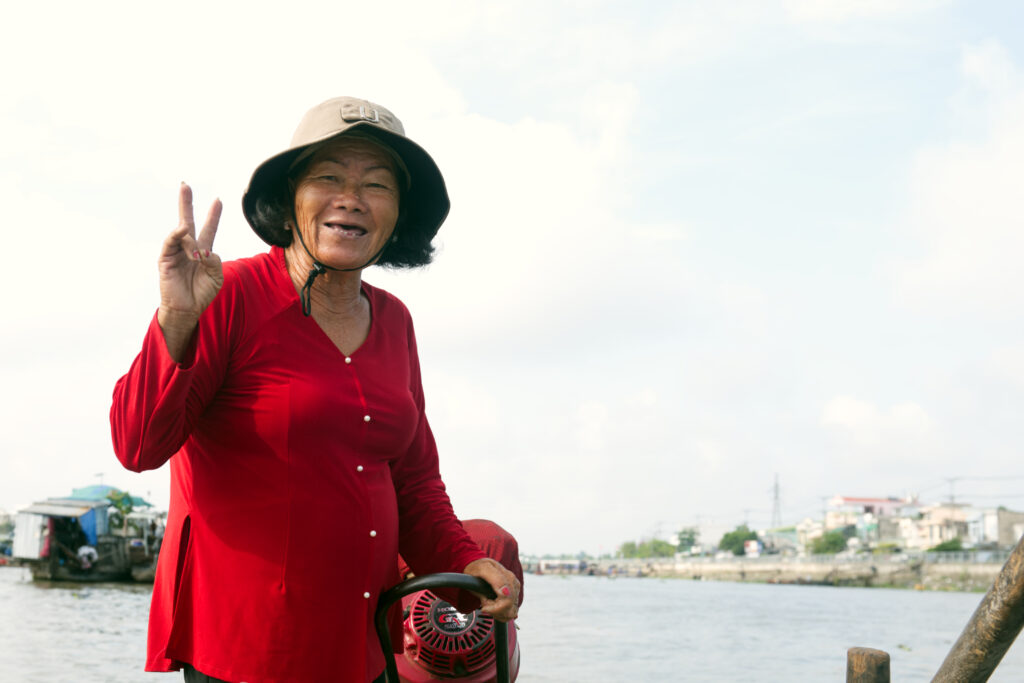
My, the captain of my boat and my fearless guide. You could tell this woman was hard as nails. She hustled me hard last night to book this tour, and today, she had zero qualms about me paying for her meal on our first date. And while she was pushy, she definitely wasn’t prude, we ended our time together holding hands. 😅 I was also struck by how at-home she seemed at every stop. It’s like she’s been doing this so long that no one even questions her anymore. At the fruit garden, she barged into the kitchen, made herself an iced coffee, and handed it to me. No one asked her to pay. No one even batted an eye.
That’s how she’s survived out here, gritty, respected, and full of hustle. Despite her age, she’s decisive and no-nonsense. May you continue to live a long and prosperous life, My!
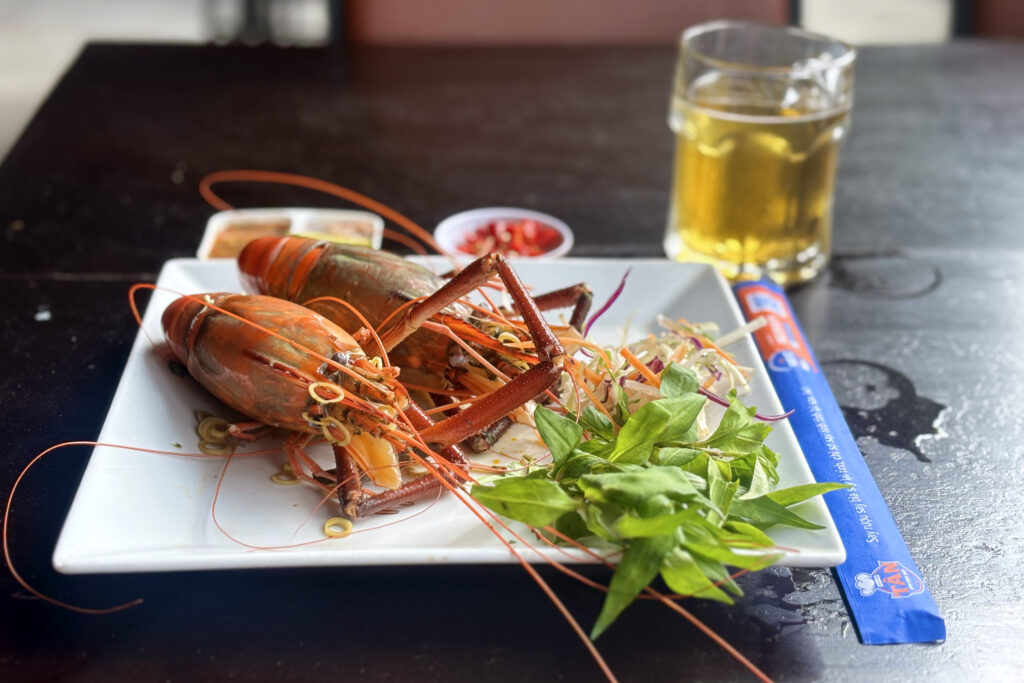
Finally, for my last day in Can Tho, I figured it was only right to have seafood. I found a spot not far from my hotel and spent a solid 15 minutes going back and forth with the host over what I should order. I eventually settled on two giant prawns, caught locally, or so I’m told. The satay was so good that afterward, I ended up mixing the prawn heads into rice and devouring them too. I decided not to share that photo, though.
The service here was exceptional, especially compared to what I’m used to in Southeast Asia. The host spent a generous amount of time helping me choose my meal, and the waitress kept the drinks coming without me even having to ask. Honestly, it was better service than I often get back home in the States, so I left a tip (not common here). I even called the waitress over to let her know how much I appreciated both her attentiveness and the host’s help. She lit up with a huge smile and walked away beaming from the compliment.
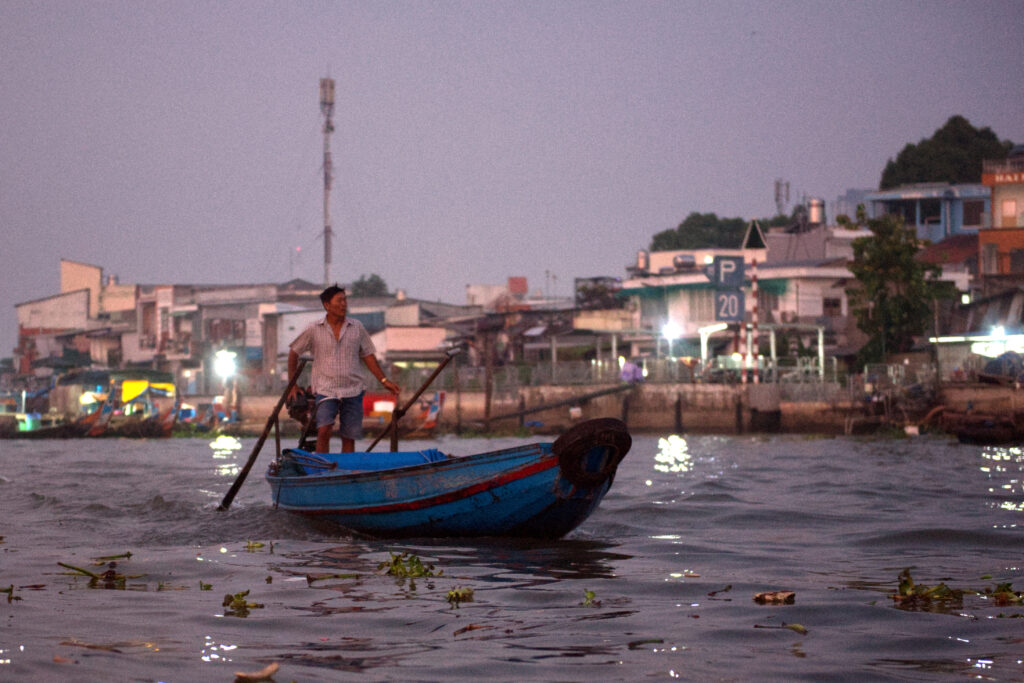
Would I visit the Mekong Delta again? Yes, just not this overly commercialized stretch of it. I have a feeling there are pockets of the delta, just beyond the usual tourist routes, that I’d really enjoy. This trip gave me a glimpse of what those places might offer. Someday, I’ll make it out to the outer reaches and see the Mekong at its most raw and unadulterated.

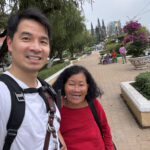
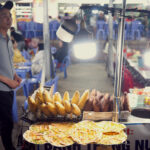

Comments are closed.